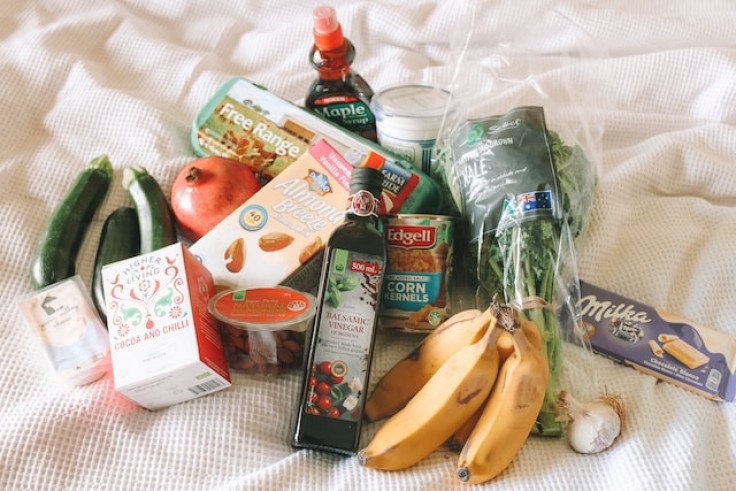
Amid the ongoing concerns about inflation across various sectors in the United States, the grocery industry seemed to offer a glimmer of hope. According to the latest report from the Consumer Price Index (CPI), the rate of increase in grocery prices saw a slowdown in August, with only a 0.2% increase compared to July's 0.3%.
On a year-over-year basis, the escalation stands at a moderate 3%, which is a notable relief when contrasted with last year's alarming 13.5% spike. While this general trend paints an optimistic picture, a closer look at individual food items reveals a much more nuanced landscape. The real question is: what food items got more expensive and what became more affordable?
The Cost of Breakfast: Bacon Prices Sizzle
Bacon, a staple in many American households, saw a dramatic price hike last month, registering a 4% increase-the highest since June 2020. The reason for this is multi-fold. Wholesale prices for pork belly, the cut of meat used for bacon, reached nearly $2.37 a pound.
Contributing to this rise is California's new animal welfare regulation, which mandates a minimum space of 24 square feet for each pig. This law, which came into effect at the start of July, made the price of complying pork meat more expensive. However, the year-over-year comparison does offer some consolation; despite the August surge, bacon is cheaper by 6.4% compared to last year.
The uptick in grocery prices isn't restricted to bacon. Salad dressings saw a 3.2% increase, shelf-stable fish and seafood rose by 2.8%, and uncooked beef steaks experienced a 2.4% price hike. But the most dramatic increases occurred in the frozen food section. Frozen juices and drinks saw an unprecedented annual price rise of 20.4%, followed closely by frozen vegetables, which rose by 14.7%. Global climate changes, marked by record heat this summer, are thought to be a possible contributing factor in these sharp increases.
The Bright Side: Some Prices Drop
Contrastingly, some products saw a price decrease, offering relief to consumers. Egg prices decreased by 2.5%, which is a notable drop when considering they are down 18.2% from the previous year. Last year's avian flu outbreak decimated egg-laying hens, causing a supply crunch and subsequent price surge. Hot dogs also became 3.1% cheaper, prepared salads were priced 2% lower, and the cost of butter dipped by 1.8%.
Bank of America analysts predict that the overheated bacon prices will likely cool down soon. However, the future landscape of grocery prices remains complex and somewhat unpredictable. Animal welfare laws, global climate changes, and local supply-chain issues all play a role in shaping the prices of food items.
In conclusion, while the slowing inflation in grocery prices is a welcome sign for many, the intricate dynamics affecting individual food items make it crucial for consumers to stay updated on economic indicators and policy changes. In an era where inflation remains a persistent concern, such knowledge is indispensable for effective financial planning and budgeting.